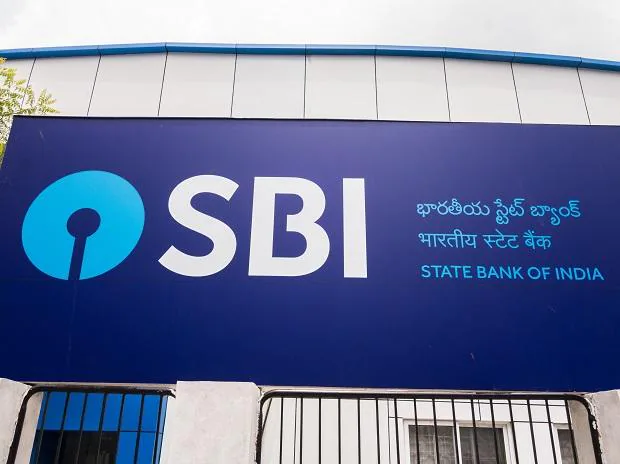[ad_1]
State Bank of India (SBI) was the least efficient among its Asia-Pacific peers in the June quarter due to its high cost-to-income ratio and mark-to-market losses on its investment book, according to S&P Global Market Intelligence.
SBI had the highest cost-to-income ratio of 71.06 per cent, followed by Japan’s Mitsubishi UFJ Financial Group Inc, Resona Holdings Inc of Japan, and ICICI Bank of India. The ratio is a gauge of profitability: the lower the ratio, the more profitable the bank is. S&P Global Market Intelligence calculated cost-to-income ratio by dividing operating costs by operating income.
SBI’s cost-to-income ratio swelled 911 basis points year over year (YoY) in the June quarter, the steepest rise among banks in the sample, according to data compiled by Market Intelligence. HDFC Bank Ltd. saw its cost-to-income ratio rise to 40.78 per cent from 35.23 per cent, as market weakness led to mark-to-market losses on the investments of most Indian lenders. ICICI Bank, the third largest Indian bank by assets, improved its cost-to-income ratio to 60.01 per cent from 62.45 per cent in the year-ago quarter, said S&P Global Market Intelligence.
SBI’s net profit dropped 6.7 per cent YoY to Rs 6,068 crore in the April-June quarter (Q1) of FY23 due to a sharp fall in non-interest income caused by mark-to-market losses. Losses on investment in Q1 amounted to Rs 6,549 crore. However, the bank’s management had assured that once the yields soften, they will recover most of the mark-to-market losses.
Indian banks are major investors in government bonds. As the country’s central bank adopted a tighter monetary policy stance by hiking the policy rate, yields on government bonds rose and pulled down their prices. Bond yields move inversely to their prices. Mark-to-market losses, or unrealized losses on investments, occur when the value of financial assets held by companies falls.
While most major banks have seen mark-to-market losses on their investment book, none reported a net loss in Q1. In the present cycle of interest rate hikes, which started on May 4, the Reserve Bank of India (RBI) has raised the repo rate by a total of 140 basis points. Analysts have estimated the marked-to-market hit from the rise in yields at around Rs 11,800 crore, of which around Rs 8,600 crore would be for public sector banks. Among banks, state-owned lenders are the largest holders of government securities.
According to the report, Japanese banks were among the least efficient in Asia-Pacific, as record low rates keep a lid on their revenue and earnings growth. Banks in mainland China remain the most efficient, although some have seen their cost-to-income ratios rise during the quarter.
[ad_2]
Source link



